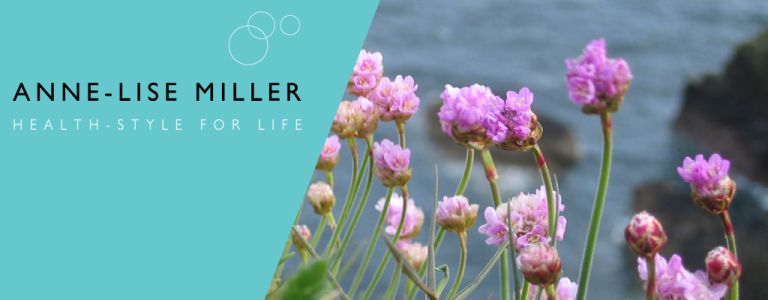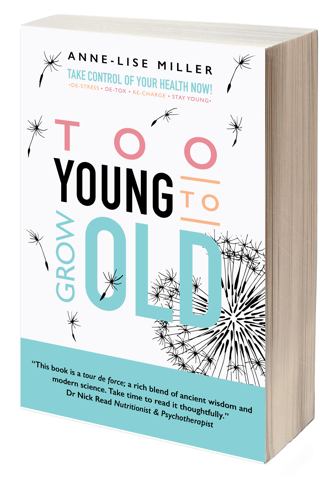Toxic chemicals are being released in our ebvironment at an alarming rate despite the fact that only very few have proven their safety. Yet many independent researches have shown their devastating effect on our health from cancer to hormone diruption and neurological poisoning. Reducing our toxic chemical exposure is a major step in controling our toxic burden and positively improving our health.
Although no one can successfully steer clear of ALL chemicals and toxic agents, you can minimize your exposure by keeping the following principles in mind.
| Eat REAL FOOD, ideally that is locally grown, fresh, and organic. Processed and packaged foods are a common source of chemicals such as BPA and phthalates. Wash fresh produce well, especially if it’s not organically grown. |
| Choose grass-pastured, sustainably raised/organic meats and dairy to reduce your exposure to hormones, antibiotics, pesticides, and fertilisers. Avoid butter, milk and other dairy products unless organic as any toxic chemicals (such as pesticides or antibiotics) will be concentrated by the cow in the fat of the milk. |
| Rather than eating conventional or farm-raised fish, which are often heavily contaminated with PCBs and mercury, eat fish that is wild-caught or organic. The smaller fishes like sardines are the least contaminated |
| Buy products that come in glass bottles rather than plastic or cans, as chemicals can leach out of plastics (and plastic can linings), into the contents; be aware that even "BPA free plastics" typically leach other endocrine-disrupting chemicals that are just as bad for you as BPA. |
| Store your food and beverages in glass, rather than plastic, and avoid using plastic wrap. |
| Use glass baby bottles. |
| Replace your non-stick pots and pans with ceramic or glass cookware. |
| Filter your tap water using a reverse osmosis filter or a high quality ceramic filter. A plain carbon filter is not enough to filter pesticides, homones and antibiotics. |
| Look for products made by companies that are Earth-friendly, animal-friendly, sustainable, certified organic, and GMO-free. This applies to everything from food and personal care products to building materials, carpeting, paint, baby items, furniture, mattresses, and others. |
| Use a vacuum cleaner with a HEPA filter to remove contaminated house dust. This is one of the major routes of exposure to flame retardant chemicals for you, your children and your pets. |
| When buying new products such as furniture, matresses, pillow or carpet padding, consider buying flame retardant-free varieties, containing naturally less flammable materials, such as leather, wool, cotton, silk, and Kevlar. |
| Avoid stain- and water-resistant clothing, furniture, and carpets to avoid perfluorinated chemicals (PFCs). |
| Make sure your baby's toys are BPA-free, such as pacifiers, teething rings, and anything your child may be prone to suck or chew on — even books, which are often plasticized. It’s advisable to avoid all plastic, especially flexible varieties. |
| Use natural cleaning products or make your own. Avoid those containing 2-butoxyethanol (EGBE) and methoxydiglycol (DEGME) — two toxic glycol ethers that can compromise your fertility and cause fetal harm. |
| Replace your vinyl shower curtain with a fabric one. |
| Replace tampons and sanitary pads with safer alternatives. I like the MoonCup |
| Switch over to organic toiletries, including shampoo, toothpaste, antiperspirants, and cosmetics free of phtalates and other potentially dangerous chemicals. |
| Look for fragrance-free products. One artificial fragrance can contain hundreds — even thousands — of potentially toxic chemicals. Avoid fabric softners and dryer sheets, which contain a mishmash of synthetic chemicals and fragrances. |


